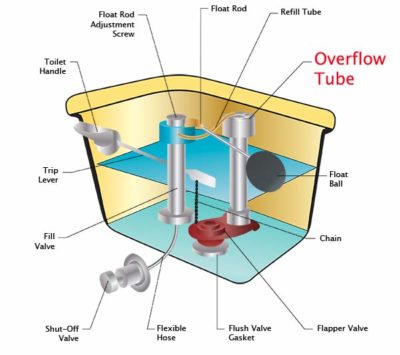

The plastic provides rigidity that allows the flapper to connect to the overflow tube. Materialįlappers are made of a combination of plastic and rubber. Once the tank has drained, the flapper drops back into place over the valve, allowing it to refill. When it’s time for action, the flapper opens, and the water in the tank escapes through the valve, causing the toilet to flush.

Most of the time, the flapper sits idly in place over the toilet tank’s drain valve, preventing water from escaping while keeping the tank full. PurposeĪ toilet flapper allows your toilet to flush. Some use materials that improve their durability, and some offer features that allow you to optimize your toilet’s water usage. Flappers come in different sizes to suit various-sized flush valves. What to Consider When Choosing the Best Toilet Flapperīefore purchasing a flapper to fix your toilet, there are certain factors you may want to consider. When the toilet is flushed, the lever pulls the plug out of the flush valve, allowing the water to drain from the tank. The term ball is kind of a misnomer here, as most tank ball flappers are more plug-shaped.Ī chain or metal rod connects the tank ball to the toilet lever. Tank ball flappers consist of a rubber ball that plugs the drain hole, preventing water from escaping the tank through the drain. If it drains too quickly, it will close the drain opening before the tank has fully emptied. The water in the tube acts as a counterweight. Once drained, the flapper flips back into place, allowing the tank to fill. The small tube acts as a counterweight, holding the flapper open until the tank has emptied. When the toilet is flushed, the rubber disk pulls away from the drain, allowing the tank to drain. A plastic tube that holds the disk attaches to the overflow tube via a hinge. Seat DiskĪ seat disk flapper uses a small round rubber or plastic disk that covers the toilet tank drain, allowing the toilet to fill up. After the tank is empty, the flapper drops back into place, allowing the tank to fill with water. This allows the water to escape and flush the toilet bowl. When you press the handle, the chain lifts, pulling the flapper open. When the toilet is idle, the flapper stays in place over the flush valve, holding the water in the tank. A chain connects the rubber cap to the toilet handle. It consists of a rubber cap that attaches to the base of the overflow pipe through a hinge.


Rubber is the most common type of toilet flapper and the one you’ll most often see in toilet repair kits. There are three types of toilet flappers to consider when searching for a replacement for your toilet. When shopping for a toilet flapper, it’s helpful to narrow down the selection by type.


 0 kommentar(er)
0 kommentar(er)
